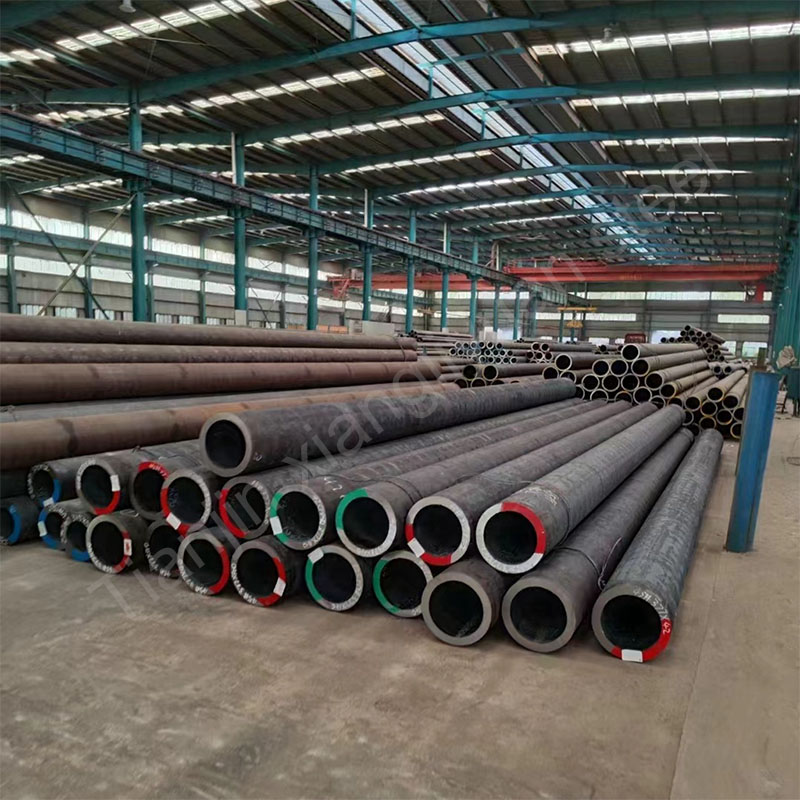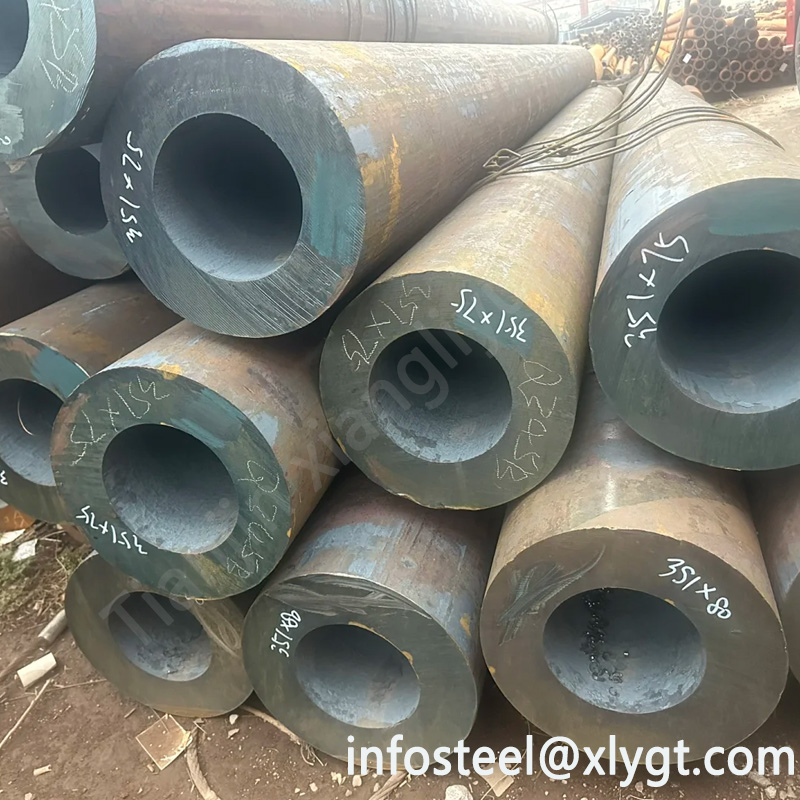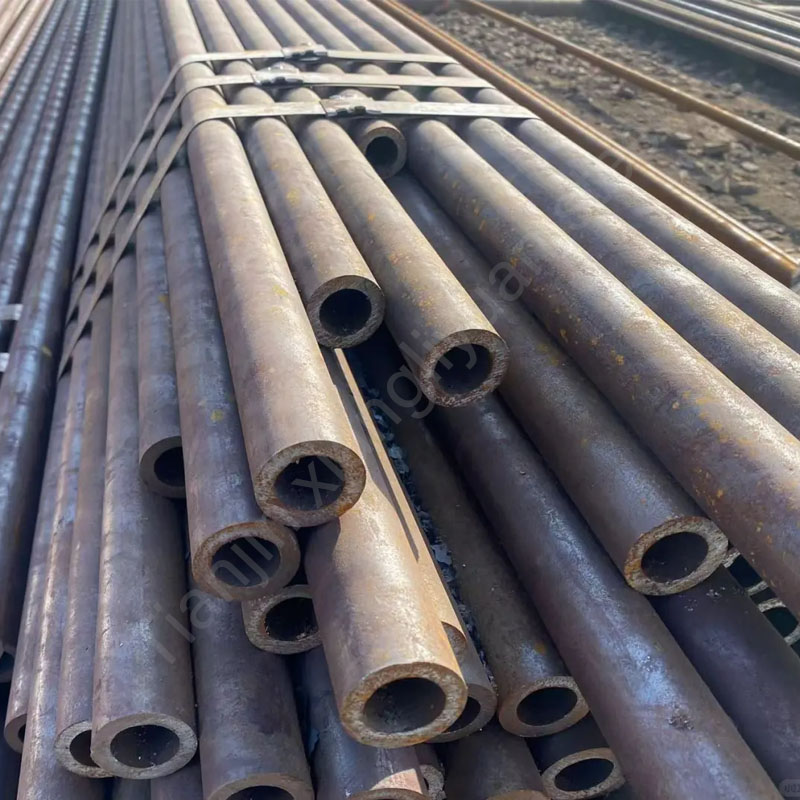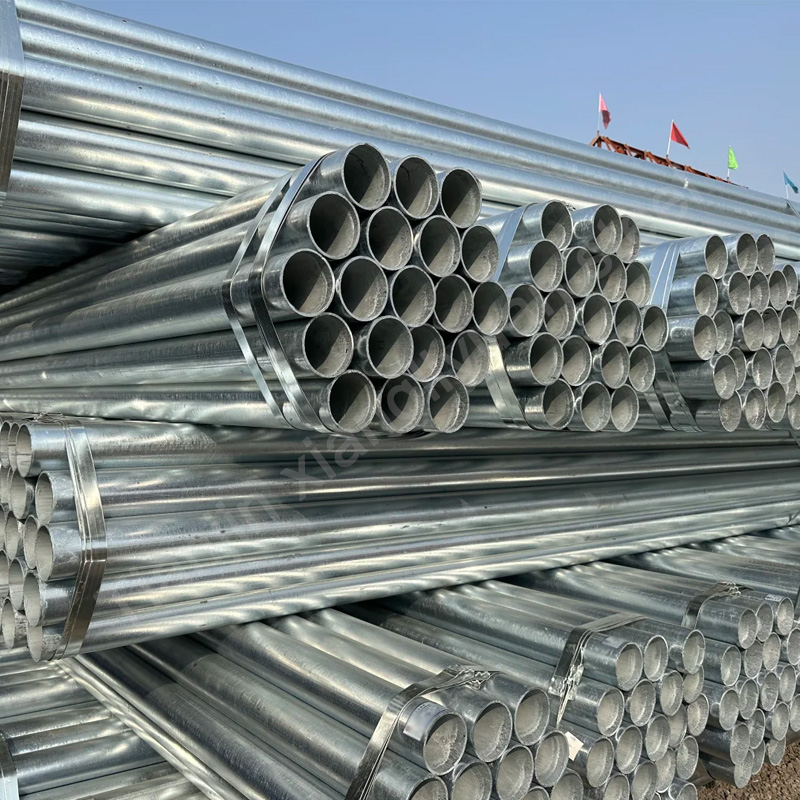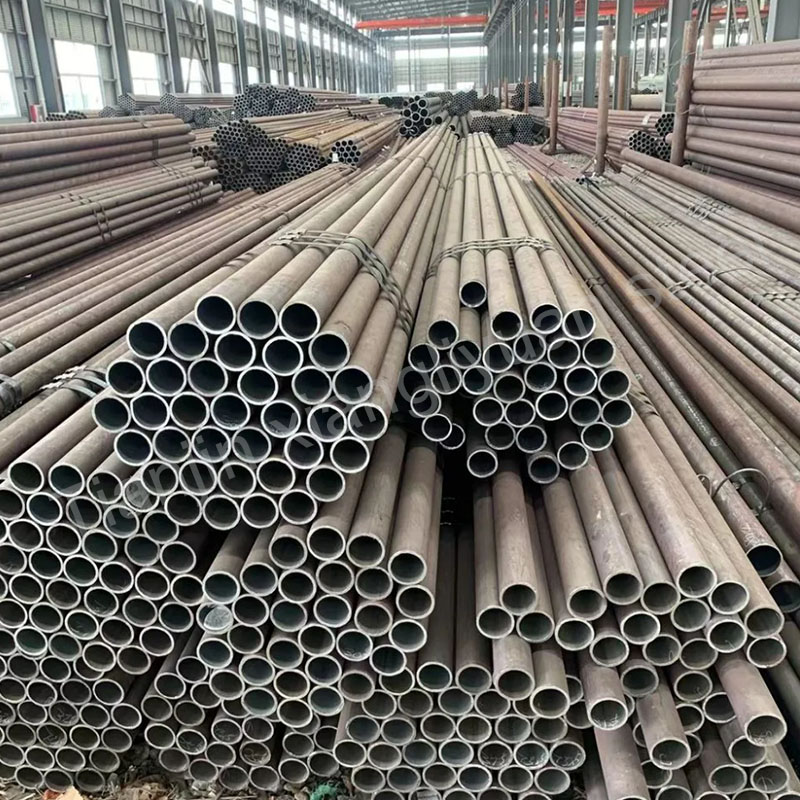Seamless steel pipes are widely used in many industries such as petroleum, chemical industry, energy, and machinery manufacturing due to their high strength, good corrosion resistance, and strong pressure bearing capacity. In actual use, different industries and application scenarios have different requirements for the material and model of seamless steel pipes. The following are some common seamless steel pipe models and steel grades:
I. Classification of commonly used seamless steel pipe models
1. Classification by use:
– Seamless steel pipe for structure (GB/T 8162): seamless steel pipes used for general structures and mechanical structures, commonly used materials include 10, 20, 35, 45 and other carbon steels and Q345 and other low alloy structural steels.
– Seamless steel pipe for fluid transportation (GB/T 8163): seamless steel pipes used for conveying water, oil, gas and other fluids, commonly used materials include 20#, Q345, etc.
– Seamless steel pipe for boiler (GB/T 3087, GB/T 5310): seamless steel pipe for low, medium and high pressure boilers, commonly used materials include 10#, 20# and 12CrMo, 15CrMo and other alloy steels.
– Seamless steel pipe for petroleum cracking (GB 9948): seamless steel pipe for heating furnace and heat exchanger of oil refinery, mainly made of 20, 12CrMo, 15CrMo, Cr5Mo, 10CrMo910, etc.
– Seamless steel pipe for geological drilling (YB 235): used for core drilling in geological departments, commonly used steel grades are DZ40 and DZ50.
– Seamless steel pipe for pipeline (API 5L): used for transporting oil, natural gas and water, commonly used steel grades include Gr.B, X42, X52, X60, X70, etc.
2. Classification by manufacturing process:
– Hot-rolled seamless steel pipe: commonly used in scenes with high strength and high pressure requirements.
– Cold drawn (cold rolled) seamless steel pipe: higher dimensional accuracy, better surface quality, often used in precision equipment.
2. Common steel grades and their characteristics
The steel grade of seamless steel pipe directly determines its performance and use. The characteristics of different steel grades are as follows:
1. Carbon structural steel:
– 10#, 20# steel: good toughness and plasticity, suitable for fluid delivery pipelines in low-pressure environments.
– 35#, 45# steel: high strength, but slightly poor plasticity and weldability, mostly used to manufacture mechanical parts such as shafts and gears.
2. Low alloy high-strength steel:
– Q345 series (such as Q345B, Q345D): has good strength and impact resistance, suitable for bridges, building structures and oil pipelines.
3. Alloy structural steel:
– 12CrMo, 15CrMo: good high temperature resistance and corrosion resistance, suitable for boilers and high temperature equipment.
– Cr5Mo, 10CrMo910: have stronger high temperature strength and oxidation resistance, mostly used in high temperature heating furnaces in the petrochemical industry.
4. Stainless steel:
– 304, 316 series: extremely corrosion resistant, mainly used in pipeline systems in corrosive environments in chemical, food and other industries.
5. Special steel grades:
– API standard steel grades (such as X42, X52, X70): specially designed for oil and gas pipelines, with high strength, corrosion resistance and good weldability.
3. Requirements for steel pipe models in different application scenarios
1. Oil and gas industry:
The oil industry has strict requirements on the strength, corrosion resistance and pressure resistance of seamless steel pipes, and often uses API 5L standard pipeline steel (such as X60, X70), as well as GB 9948 20#, 12CrMo steel.
2. Machinery manufacturing industry:
Structural seamless steel pipes (such as GB/T 8162) are mostly used in machinery manufacturing, and the materials are mainly Q345B and 45#, which are used to process shafts, rollers and other parts.
3. Energy and chemical industry:
Boilers and heat exchangers usually use 12CrMo and 15CrMo steels with outstanding high temperature resistance, and corrosion-resistant stainless steel pipes are also widely used in chemical equipment.
4. Infrastructure construction:
In bridges, buildings and other projects, Q345 series seamless steel pipes are often used as structural parts with high strength and good seismic resistance.
The model and grade of seamless steel pipes should be determined according to specific application requirements. Carbon steel and low alloy steel are widely used in ordinary scenarios because of their low cost and stable performance; while alloy steel and stainless steel are used in harsh environments because of their special properties. In practical applications, the reasonable selection of steel pipe models and materials can not only improve engineering efficiency, but also effectively reduce costs.

